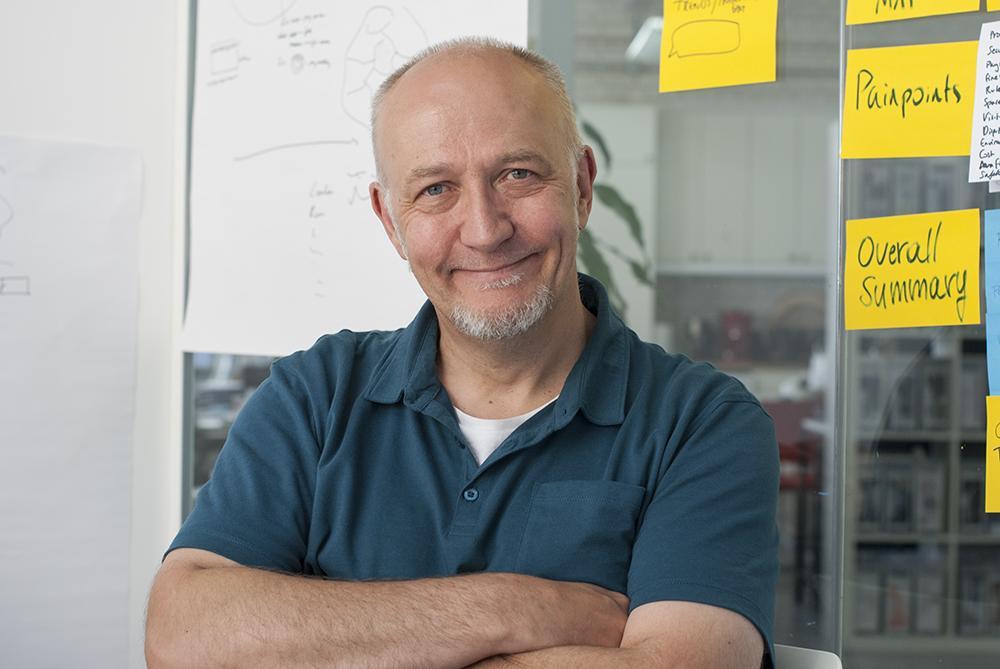Development of public procurement

Designers can view the world from the user’s perspective. In addition to introducing user-orientation to operations, design benefits the public sector with savings, when successful solutions boost efficiency and productivity. Design produces better routines in hospitals, day care centres, schools and elderly service centres, and design improves digital customer journeys. Real needs of users can be met with design.
Utilization of creative design thinking has attracted growing interest in municipalities over recent years. Design thinking and service design in particular create new ways to develop municipal services, electronic customer journeys and service concepts. These new ways are user-oriented and cost-effective, and they cross administrative boundaries. According to Ornamo surveys, public procurements constitute a significant market segment for about 40 percent of the Ornamo members’ enterprises.
In upcoming years, design and consulting services will grow as municipalities purchase more and more procurement processes from the private sector. The importance of design is growing in community planning, spatial and furniture design, and infrastructure and energy planning as part of the overall development of social and health care services.
Design procurement often refers to purchases of furniture and furnishings, spatial design or service design. Design procurement can also consist of a combination of the three. Design methods give the customer deep understanding of user-oriented service development.
The most functional solution in service design and spatial design is often developed as the process moves forward. This type of participatory design requires from the customer both an unprejudiced attitude and a commitment to change. At the same time, design procurement grows the customer’s procurement skills and understanding of the importance of design, to be utilized in future procurement. A high-quality end result is ensured when design is involved at an early stage of planning.
Ornamo seeks to achieve the following:
- The ongoing process to reform the Procurement Act must simplify procurement processes, enable small & medium enterprises and micro-enterprises to enter competitive bidding processes, and improve the quality of procurement.
- Ornamo members mostly participate in various competitive bidding processes for design work. These processes must pay attention to the projects’ special features requiring procurement know-how from both the buyer and the bidder.
- The competitive negotiation practice is suitable for the design sector, as it promotes interaction between the customer and the design enterprise, so helping the public sector to acquire new knowledge, technologies and operating practices. Open bidding, the most common practice in public sector procurement, is not suitable for design procurement.
- Bidders must not be asked to work for free, that is, they must not be asked to submit complete designs and drafts in the bidding phase.
- Public art must be advanced. Area planning gives opportunities for artists in public art projects and in art project management. The one-percent-for-art principle is one way to integrate art into development.


